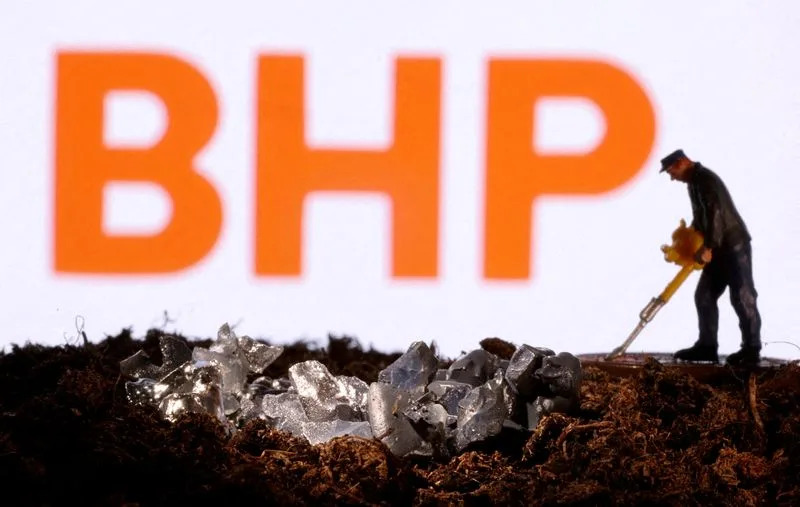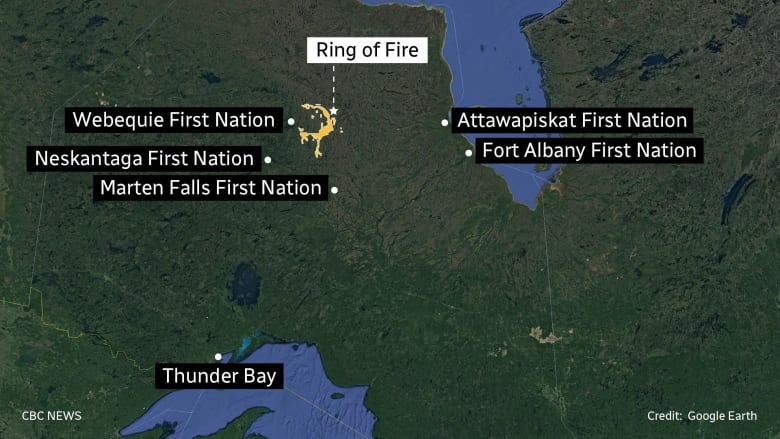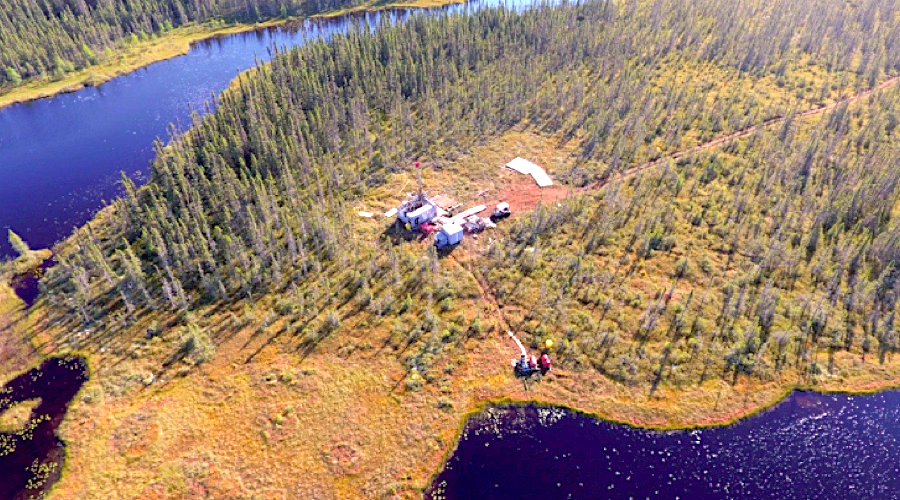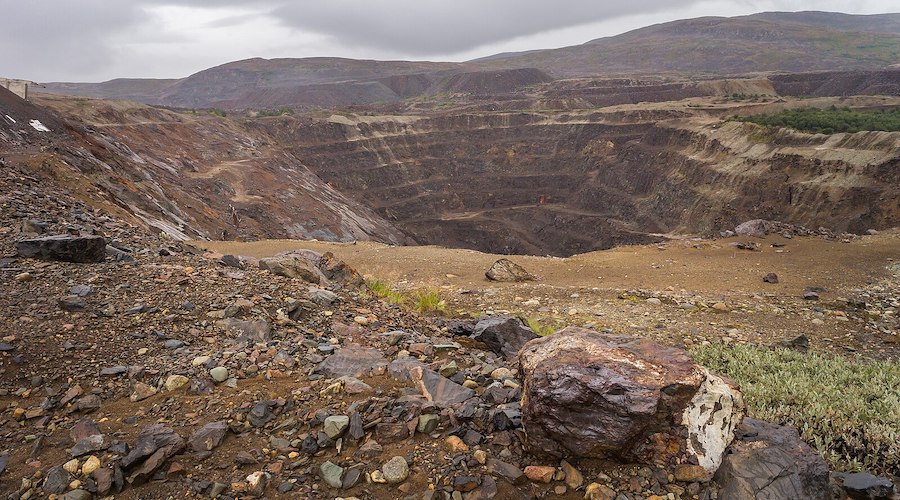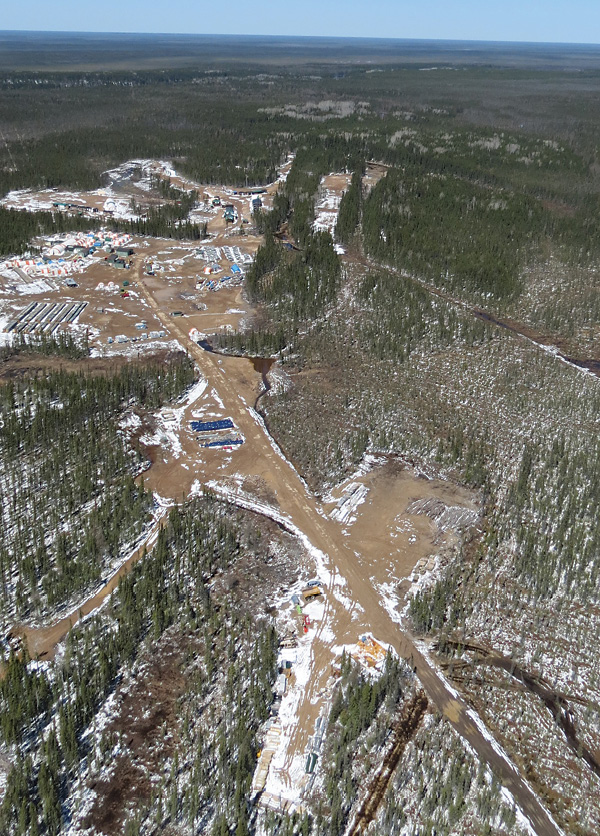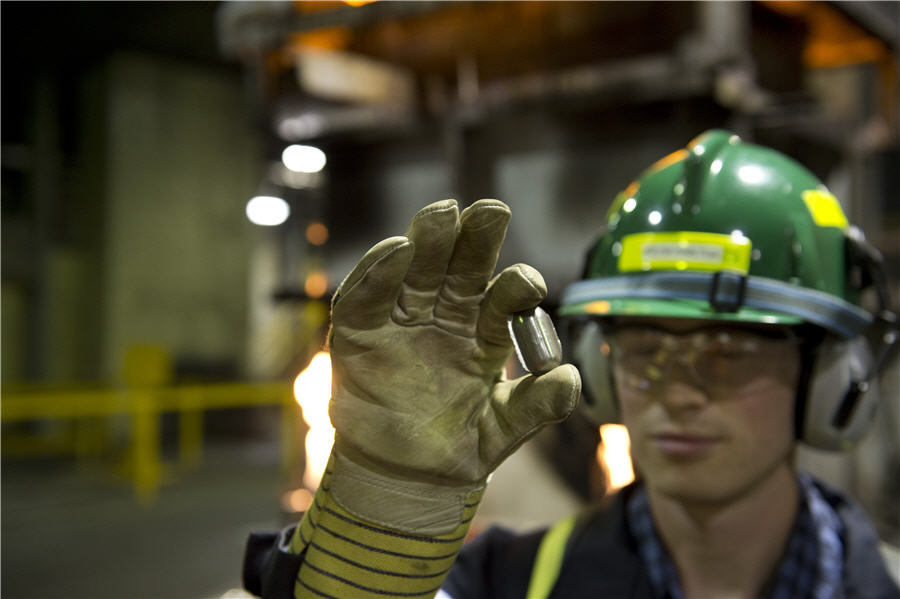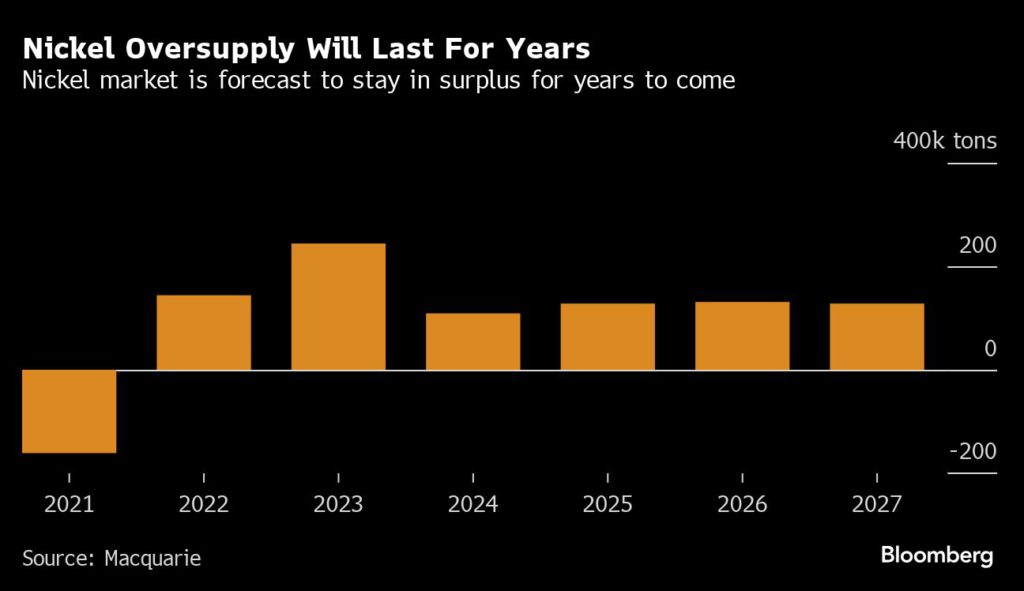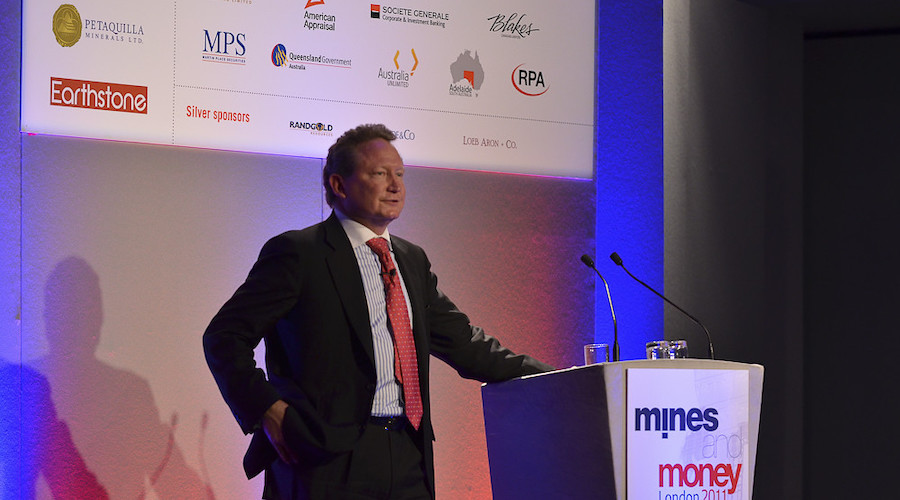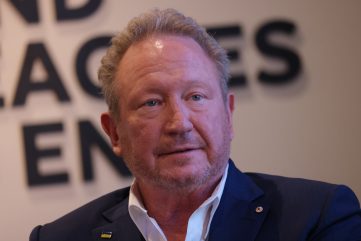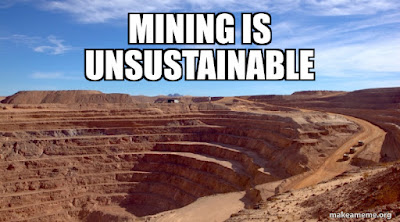Naimul Karim | April 18, 2022
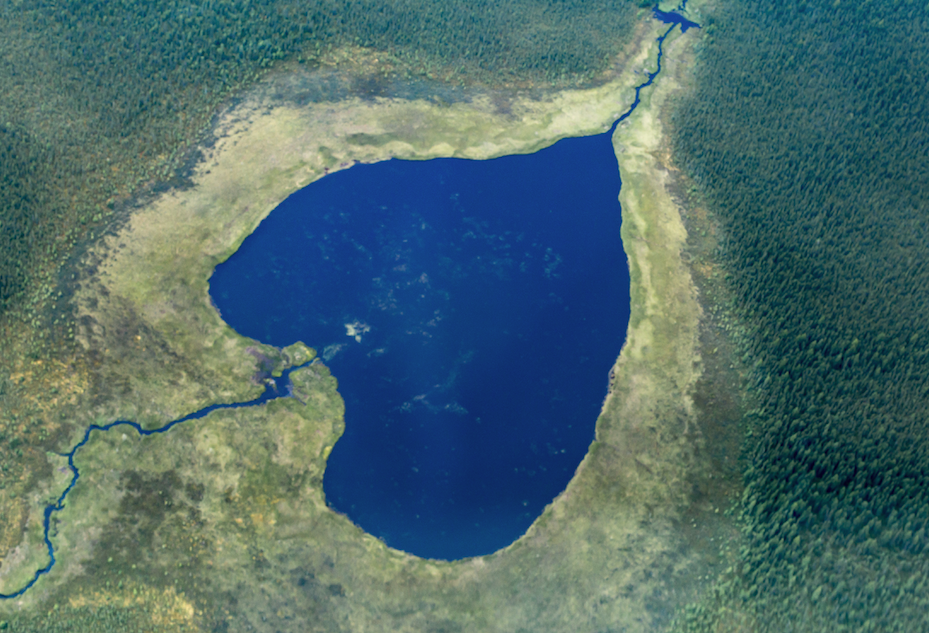
Aerial view of lake in Ring of Fire, Ontario. Stock image.
The First Nations of Marten Falls and Webequie have submitted the terms of reference for the proposed Northern Road Link, a piece of infrastructure that Ontario describes as the “final piece” needed to build an all-season road into the Ring of Fire.

The road would link two other roads that are being advanced separately by each community – the Marten Falls access road and the Webequie supply road – to provide access to the mineral rich region in northern Ontario’s James Bay lowlands.
The announcement comes a week after Australian billionaire Andrew Forrest’s Wyloo Metals completed the acquisition of the Eagle’s Nest nickel-copper-PGE deposit in the Ring of Fire.
“It’s a start of a journey for us into an economic reconciliation for Martin Falls First Nation and our neighbouring communities,” Marten Falls Chief Bruce Achneepineskum said at the announcement event.
“There’s a lot of work still to do. We are going to be moving on to the actual work of the environmental assessment, moving forward with the actual studies that are going to be happening,” added Achneepineskum. “We want to move forward in a good way… alleviating the conditions of the community, the poverty levels that we have faced in the decade’s past… there’s a lot of work to do.”
Located about 500 km away from Thunder Bay, the Ring of Fire has “multi-generational potential” for the production of critical minerals such as chromite, nickel, copper and platinum, according to the Ontario government.
But access to the region is a challenge as paved roads are at least 300 km away. In 2017, Ontario committed to spend $1 billion for strategic transportation infrastructure development in the region, including a year-round access road into the mining camp.
However, in 2019, after Doug Ford was elected as Premier in 2018, the new Progressive Conservative government scrapped the previous government’s approach, based on a regional framework agreement, in favour of agreements with individual communities.
Marten Falls First Nation’s 200-km community access road and the Webequie Nation’s 107-km supply road have both advanced to the environmental assessment stage under that approach. Together, with the Northern Link, the three roads are expected to connect the region to Ontario’s highway.
But not all Indigenous groups have supported the way Ontario has approached infrastructure development. First Nations including Neskantaga, Attawapiskat and Fort Albany declared a moratorium, which is still in place, on Ring of Fire development in 2021 to protect the region from environmental damage and “catastrophic climate change.”
Kate Kempton, a lawyer who represents the Attawapiskat First Nation, told The Northern Miner that the community won’t support any mining-related development in the region until there’s “informed consent” of all the affected first nations in the area. “Nobody is in a position to consent today… that full-scale investigation isn’t being done,” she said.
Kempton added that the mining claims comprising the Ring of Fire are not just located in the traditional territories of Marten Falls and Webequie, but also of Attawapiskat.
“This doesn’t mean that only those two First Nations have the right to consent or veto,” said Kempton. “It’s like if my neighbour wants to build a bomb factory next door, he is not the only one that gets to say over that… Those who are going to feel the impacts to this need to be at the front of the decision making and I see nothing in this announcement to see that Ontario is going to proceed that way.”
The lawyer expects the matter to end up in the Canadian courts if Ontario doesn’t address the concerns.
Ontario Premier Doug Ford said that the government is working “side by side” with Indigenous partners to ensure that communities around the Ring of Fire get improved access to every-day essentials like fuel, groceries and health care. Natural Resources minister Greg Rickford expects the project to become a “corridor to prosperity” for communities living in the area.
After completing the acquisition of the Eagle’s Nest project in early April, Wyloo Metals said it aims to develop the project as a net zero emissions mine, spend C$100 million on Indigenous-led businesses and establish a training centre that can help provides jobs for indigenous and regional communities.
It also aims to “investigate” the use of electric vehicles, wind power and ultramafic waste rock to capture and sequester carbon at site.


